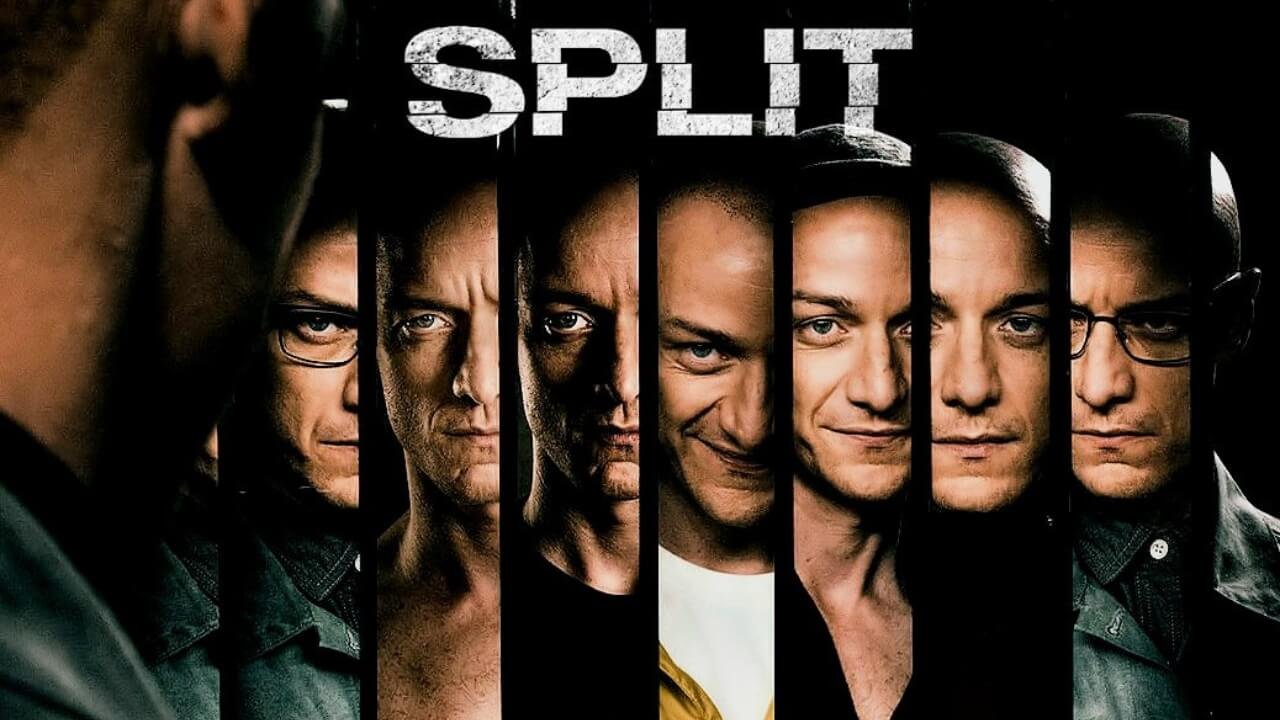The film “Split” has sparked intense discussions and diverse opinions since its release, captivating audiences with its portrayal of dissociative identity disorder and psychological thriller elements. This blog will present a detailed film split review, offering insights into its storytelling, acting, and cultural impact, especially for American viewers who value complex narratives and character depth. From the exemplary performance by James McAvoy to director M. Night Shyamalan’s signature suspense style, this review will unravel the layers that make “Split” a unique cinematic experience.
Understanding the Film Split Review: A Look at the Narrative and Performances
M. Night Shyamalan’s “Split” centers on Kevin, a man struggling with 23 distinct personalities, portrayed with remarkable versatility by James McAvoy. The narrative unfolds as three teenage girls are kidnapped and held captive, their survival hinging on navigating the dangerous and volatile personalities that emerge. This film split review begins by appreciating the complexity Shyamalan injects into the thriller genre, particularly through his exploration of dissociative identity disorder (DID), a theme rarely depicted with such intensity in Hollywood.
The performances, especially McAvoy’s, demand particular attention. Shyamalan’s direction harnesses McAvoy’s ability to switch seamlessly between personas—from the innocent child Hedwig to the menacing “Beast”—creating a chilling atmosphere that sustains suspense throughout the film. It pushes the boundaries of psychological horror, inviting audiences into the fractured mind of its antagonist in a way that is both unsettling and compelling.
Psychological Depth and Ethical Considerations in “Split”
While “Split” thrives as a horror thriller, it also raises important questions about the portrayal of mental illness in media. This film split review acknowledges the controversy surrounding the ethical implications of representing DID primarily through a horror lens. Experts caution that such portrayals can perpetuate stigma and misinformation about mental health conditions. For example, Dr. John Smith, a clinical psychologist specializing in dissociative disorders, notes: “Films like ‘Split’ can entertain yet also misinform, often skewing public perception of complex mental health issues towards fear and misunderstanding.”
Despite these concerns, Shyamalan’s narrative choice forces viewers to confront uncomfortable psychological realities, making the film a conversation starter about mental health representation in cinema. This duality enriches the film’s cultural relevance and invites a deeper analysis beyond its surface thrills.
Film Split Review: Technical and Cinematic Craftsmanship
From a technical standpoint, “Split” showcases Shyamalan’s mastery of film craft. The cinematography employs tight framing and shadowy lighting to amplify tension, mirroring Kevin’s internal chaos. The soundtrack accentuates the film’s psychological intensity, with sound cues cleverly signaling personality shifts. This film split review highlights how these elements combine to immerse audiences in a palpable sense of dread.
Moreover, the screenplay deftly balances character development with plot progression, avoiding unnecessary exposition while maintaining clarity. Shyamalan’s pacing keeps the narrative taut, with moments of calm disrupted by sudden bursts of violence or psychological insight. The climactic reveal, typical of Shyamalan’s style, is more subtle here, favoring psychological realism over shock value.
“Split” in the Context of American Popular Culture
“Split” occupies an intriguing space in American film culture, blending genre conventions with thought-provoking themes. It reflects American cinema’s ongoing fascination with identity, trauma, and the horror genre’s ability to explore societal fears. This film split review observes that “Split” resonates with a broad audience, partly due to its psychological depth and partly because of McAvoy’s compelling performance.
The movie’s influence extends beyond entertainment; it contributes to ongoing dialogues about mental health awareness and the responsibility of filmmakers in portraying psychological disorders. By eliciting both fear and empathy, “Split” challenges American audiences to reconsider preconceived notions about mental illness.
Conclusion: Reflecting on the Impact of “Split”
In conclusion, this film split review underscores “Split” as a multifaceted work that merges psychological complexity with cinematic intensity. Its portrayal of DID, while controversial, opens pathways for discussion and awareness, particularly relevant to American viewers interested in mental health narratives. James McAvoy’s transformative performance anchors the film, ensuring its place as a standout in the psychological thriller genre.
“Split” exemplifies how horror films can transcend mere scares to offer insightful, if imperfect, explorations of human psychology. For American audiences craving stories that challenge as much as entertain, “Split” remains a compelling, if unsettling, cinematic journey.

